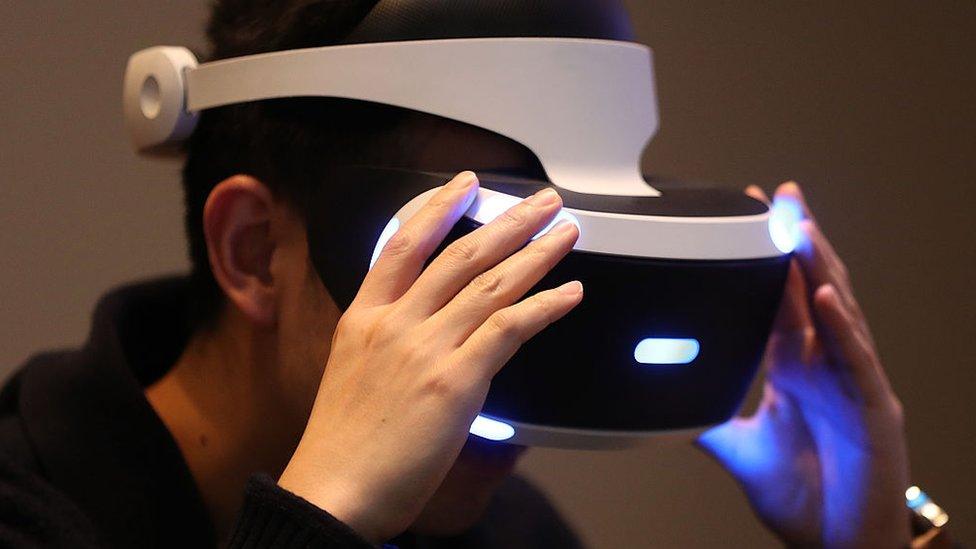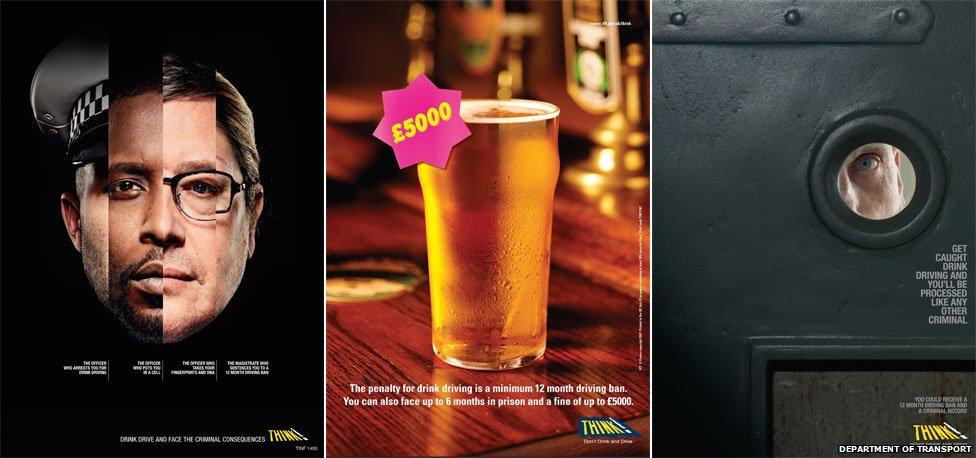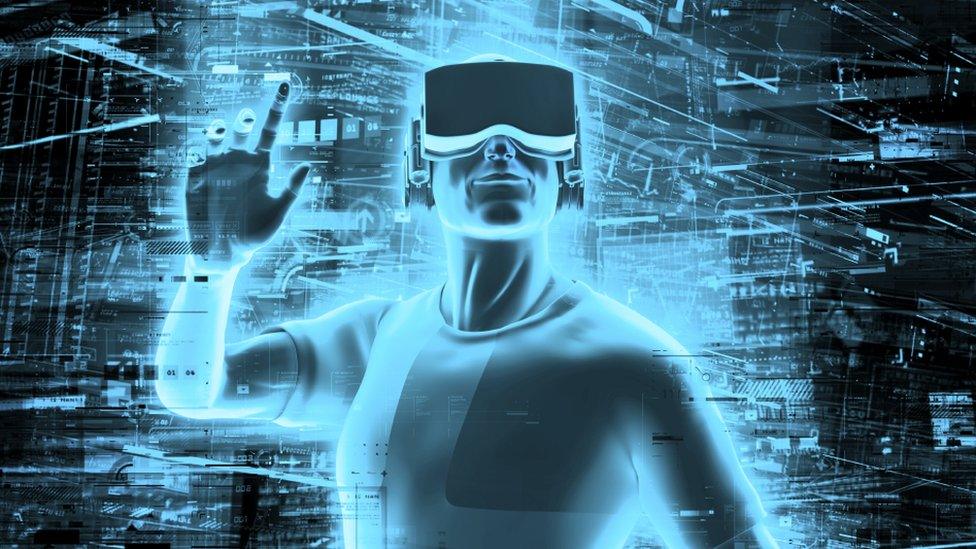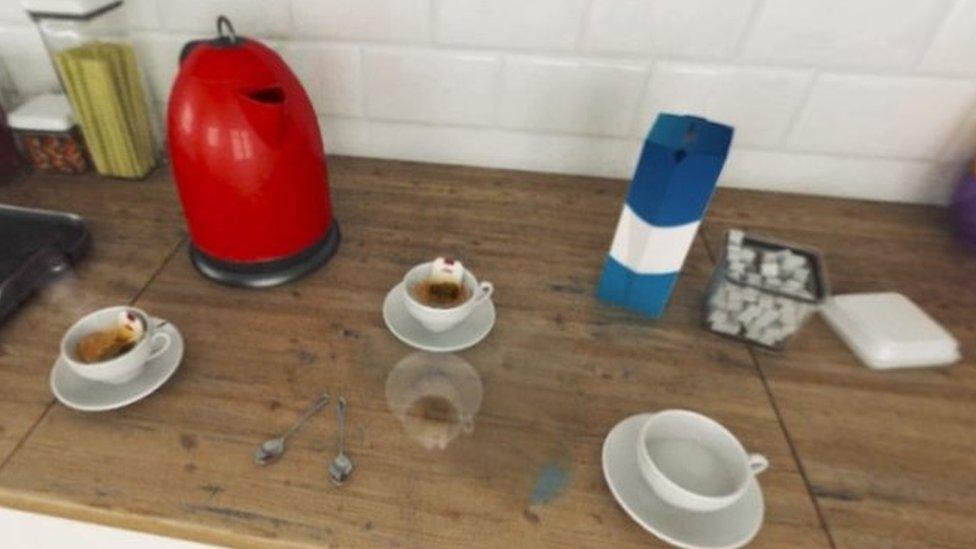Virtual reality video simulates drink driving car crash
- Published

A virtual reality video simulating a drink driving car crash has been released by alcohol maker Diageo.
The four-minute video shows the collision of three cars, with viewers able to see it from 360 degrees.
Some road safety charities said it helped to show the dangers of drink driving, but others said it could have been more powerful.
Unlike some VR apps which put people in charge of the simulated experience, the viewer is not driving the car.
The video follows three cars, external: one with a woman celebrating a career breakthrough; another with two new parents; and the third a group of friends on their way to a party.
It builds up to the crash, which comes after the woman, who has been drinking with work colleagues, tries to overtake one of the other cars.
Diageo, whose brands include Smirnoff and Guinness, released the video through Facebook 360, YouTube 360 and a VR app integration with The New York Times.
It is also compatible with VR headsets, including Samsung Gear VR, Oculus Rift, HTC Vive, Google Daydream and Google Cardboard.

To feel the full impact of the crash, Diageo will provide a D-Box chair at some events which shakes as the cars collide and spin out of control.
The initiative has launched in the US and is targeted at those old enough to drink alcohol.
The Campaign against Drinking and Driving (Cadd), an independent UK charity, said the use of VR would help to show the risks.
"Anything that makes people stop and think has got to be a good thing," Carole Whittingham of Cadd told the BBC.
But she added it "could have gone further" on the message that people are killed by drinking and driving, as the main character survives the crash.
She also thought the US-produced video might be less relatable for British audiences.
Drink Driver Education Plus, which provides advice and training to deal with drug and drink diving, was critical of the use of "scare tactics" in the video.

Dr Lucia Valmaggia, head of the Virtual Reality Lab at King's College London, said: "VR has been shown to trigger a response which is similar to a real life experience."
She said it would be for a drink-drive expert to comment on the video's effectiveness, but that it was "quite immersive when watched in 3D".
Dr Ashley Conway, a psychologist who treats phobias with VR, said watching the Diageo video through a VR headset would be more "visceral and absorbing" than a 2D clip.
"It gives you more than a flat image or an Imax cinema with 3D glasses. With a VR headset your heart will beat faster, you will sweat, you will feel fear much more," he said.
'Zero-tolerance'
Diageo first announced in June that it would create the VR campaign, shortly after signing a two-year partnership with the United Nations Institute for Training and Research (Unitar) to raise awareness of drink driving.
The campaign will help to spread the "message that drink driving is completely unacceptable", said Jack Kushner, a spokesman for Brake, a UK road safety charity which includes Diageo as a corporate sponsor.
"Even drinking a small amount of alcohol can have significant, adverse effects on reactions and judgement, which is why we call for a zero tolerance drink drive limit," he added.
Brake was not involved in this initiative.
- Published24 October 2016

- Published2 June 2016

- Published5 May 2016